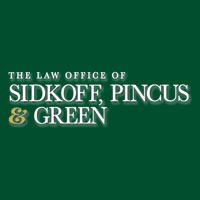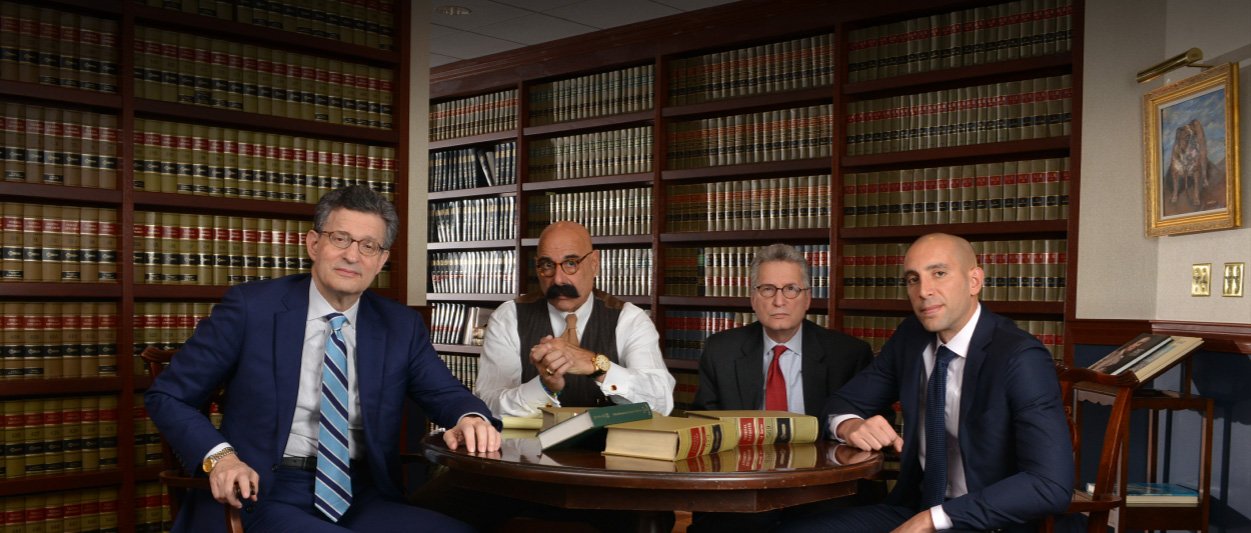Philadelphia Business Lawyers: Whistleblower Protection for Employees under the Pipeline Transportation Safety Improvement Act

1. Employees and Employers Covered
Under the Pipeline Safety Improvement Act (PSIA), employees of owners or operators of pipeline facilities and their contractors and subcontractors may file complaints with OSHA if they believe that they have experienced discrimination or retaliation for reporting alleged violations of federal law regarding pipeline safety or for refusing to violate such provisions.
2. Protected Activities
No employer, which is defined as a person owning or operating a pipeline facility, or a contractor or subcontractor of such a person, may discharge or otherwise discriminate against an employee who has provided information or is about to provide information regarding violations of Federal laws or provisions of this Act.
For instance, an employee is protected for providing information of violations regarding the following requirements of the Act which are designed to address safety concerns:
- Requires strength-testing for previously untested natural gas transmission pipelines in high-population areas that operate at high pressure.
- Requires pipeline operators to verify their records to confirm the pipelines’ physical and operational characteristics and their established maximum allowable operating pressure;
- Authorizes additional pipeline inspectors and pipeline safety support employees through a phased-in increase over four years;
- Requires pipeline operators to report all maximum allowable operating pressure exceedances to the Department of Transportation;
- Increases the cap on civil penalties for violators of pipeline regulations and adds civil penalties for obstructing investigations;
- Requires installation of automatic or remote-control shut-off valves on new pipelines
3. Proving Your Case
Any person who believes that he or she was discharged or otherwise discriminated against in violation of this section may file within 180 days after the date on which the violation occurs. After receiving the complaint, the Secretary of Labor shall notify, in writing, the person named in the complaint of the allegations contained in the complaint, of the substance of evidence supporting the complaint, and the opportunities to be afforded to such person.
The Secretary shall dismiss a complaint unless the complainant makes a prima facie showing that any of the protected behavior was a contributing factor in the unfavorable personnel action alleged in the complaint. The complainant must also demonstrate through clear and convincing evidence that the employer would not have acted otherwise but for retaliation for whistleblowing.
If the Secretary finds that a complaint is frivolous or brought in bad faith, up to $1000 may be awarded to the employer, paid by the complainant.
4. Available Remedies
Where OSHA finds a violation after investigating complaints under the other statutes listed above, it may issue a determination letter requiring the employer to pay back wages, reinstate the employee, reimburse the employee for attorney and expert witness fees, and take other steps to providenecessary relief. Complaints found not to have merit will be dismissed.
5. Time to File: Within 180 days of the incident.
If you believe that you have a whistleblower claim under this Act, please contact an attorney at Sidkoff, Pincus & Green, located in Philadelphia, Pennsylvania.















